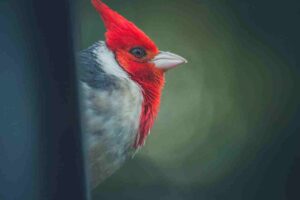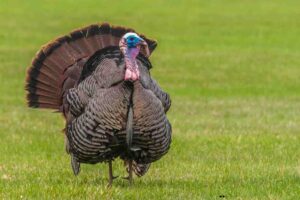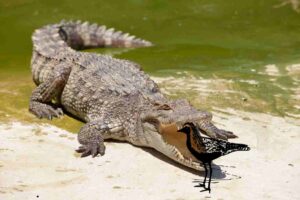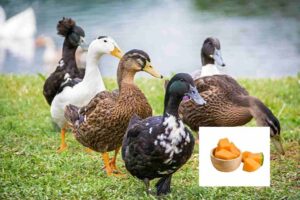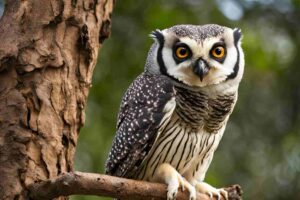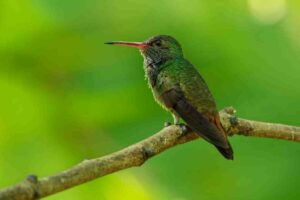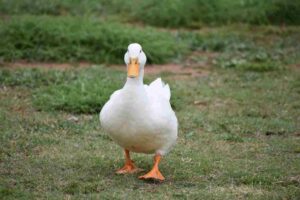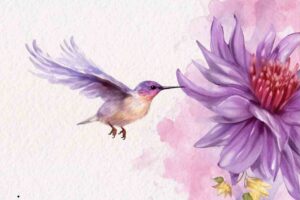Geese are birds known for their V-shaped flying formations and resonant honking. They are fascinating creatures that embody complex nesting behaviors and environmental interactions. Their nests, meticulously constructed, provide crucial insights into their survival strategies, lifecycle, and relationship with their habitat. This article delves into the intricacies of geese nesting habits, their ecological significance, and how humans can coexist with and protect these feathered architects.
What Are Geese Nests?

The nest made by geese is very neatly assembled. Geese come to lay and hatch eggs in it. Nests are constructed mainly by female goose, who is often termed “goose,”, whereas male is often referred to as “gander,” which protects the region nearby. It is one type of safe haven to which warm eggs and goslings go for protection. Sure! You can add the following line about the link to your blog:
Discover the fascinating details about goose egg-laying habits and when they start incubating their eggs at this informative link: How Many Eggs Does a Goose Lay Before Sitting?.
Materials Used
Geese use natural materials found in their environment to construct their nests, including:
- Grass and reeds for structure.
- Feathers and down for insulation.
- Leaves and twigs for stability.
The availability of these materials often determines the location and structure of the nest.
Where Do Geese Build Their Nests?

Geese are highly strategic in choosing nesting sites, prioritizing safety, accessibility to food, and proximity to water.
Common Nesting Locations
- Near water bodies: Lakes, rivers, and wetlands are preferred as they provide food and escape routes from predators.
- Isolated islands: These offer reduced exposure to land-based predators.
- Urban areas: Some geese adapt to city environments, nesting in parks, rooftops, or green spaces.
Elevation and Protection
Geese often select slightly elevated areas to protect their nests from flooding. They also choose locations with dense vegetation for concealment.
Geese Nesting Behavior
Geese display fascinating behaviors during the nesting period, which typically spans spring through early summer. You can enhance your blog post by including the link with a brief description like this:
Check out this informative guide on what geese eat at Avian Feather: What Do Geese Eat? A Guide to Feeding Geese.”
Pair Bonding and Site Selection
Geese are monogamous, often pairing for life. Before nesting, the pair surveys potential sites, considering factors such as predator risk and proximity to resources.
Egg-Laying and Incubation
- Egg-Laying: Geese lay 3-10 eggs over a period of several days.
- Incubation: The female incubates the eggs for about 25-30 days while the male guards the nest vigilantly.
Parental Roles
While the female focuses on maintaining optimal temperature and humidity for the eggs, the male patrols the area, often aggressively warding off threats.
Challenges Geese Face During Nesting
Despite their strategic nesting behaviors, geese face numerous challenges, both natural and human-induced.
Predators
Common predators of geese eggs and goslings include:
- Foxes and raccoons: skilled at raiding nests.
- Birds of prey: such as hawks and eagles.
- Domestic pets: Unsupervised dogs and cats can pose threats.
Environmental Threats
- Flooding: Can submerge nests near water bodies.
- Habitat destruction: Urbanization reduces suitable nesting areas.
Human Interference
- Unintentional disturbance: Recreational activities near nests can stress geese.
- Egg collection: In some regions, people collect eggs for consumption, disrupting the lifecycle.
The Ecological Importance of Geese Nests
Geese and their nests play significant roles in maintaining ecological balance.
Seed Dispersal
Geese inadvertently disperse seeds through their droppings, promoting vegetation growth around nesting areas.
Food Chain Dynamics
- Prey for predators: Geese eggs and goslings are food sources for various animals, maintaining predator-prey relationships.
- Scavenger benefits: Unhatched eggs and remnants support scavenger species.
Wetland Health Indicators
The presence of geese and their nests often indicates a healthy wetland ecosystem, highlighting the area’s biodiversity and resource availability.
Protecting Geese Nests
Human intervention can significantly impact the survival of geese nests. Conservation efforts are vital to ensure their continued existence.
Legal Protections
In many countries, geese and their nests are protected by law. For example:
- Migratory Bird Treaty Act (MBTA) in the U.S. prohibits harming geese or disturbing their nests.
Habitat Preservation
Preserving wetlands, parks, and green spaces is crucial for geese nesting success. This includes:
- Preventing deforestation near water bodies.
- Limiting construction in sensitive areas.
Responsible Human Behavior
- Avoid nest disturbance: Stay at least 50 feet away from nests.
- Educate communities: raise awareness about the importance of geese nests.
- Control domestic animals: Keep pets leashed near nesting sites.
Fun Facts About Geese Nests
- Geese return to the same nesting site annually, demonstrating remarkable site fidelity.
- A single goose can add up to 500 feathers to its nest for insulation.
- Urban geese adapt by using unconventional materials like trash to build nests.
How to Coexist with Geese
Coexisting with geese involves understanding their needs and respecting their nesting habits.
Creating Goose-Friendly Spaces
- Designating specific areas in parks for geese to nest undisturbed.
- Installing signs to inform visitors about nesting areas.
Managing Goose Populations
In areas with overpopulation concerns, humane methods such as egg addling (under legal supervision) can be implemented to control numbers without harming the birds.
Geese in Urban Landscapes
Urban geese have become increasingly common, adapting to human-dominated environments.
Challenges in Urban Settings
- Increased human-geese conflicts, especially in public spaces like golf courses.
- Higher risk of vehicle collisions.
Benefits of Urban Geese
- Opportunities for wildlife observation and education.
- Contribution to urban biodiversity.
Conclusion
Geese nests are much more than shelters. Rather, they represent some vital component of ecological systems and are considered symbols of the strength of life. This nesting behavior, therefore, provides humans with a good understanding and ability to protect it for further development in their living systems.
In any environment or even within cities, treating these feathered families will deepen human connections with nature while raising the need to conserve biodiversity.

